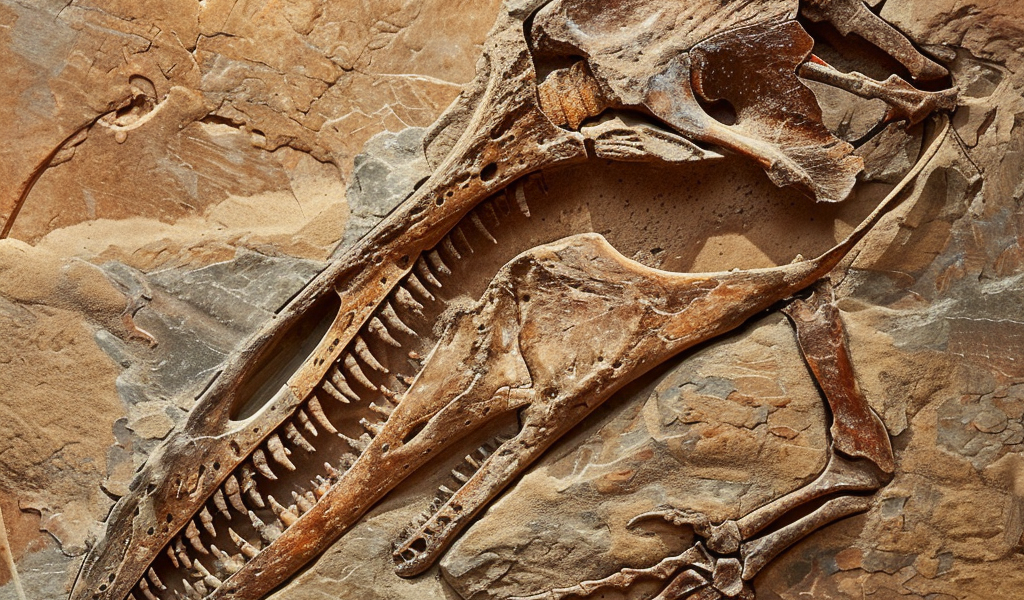A groundbreaking discovery in the field of paleontology has shed new light on the evolution of marine reptiles in the Southern Hemisphere. The oldest fossil of its kind has been unearthed, dating back to the Triassic period, making it a significant find for researchers.
The fossil, a vertebra from a nothosaur, was recently presented in the scientific journal Current Biology by Jørn Hurum, a professor of palaeontology at the University of Oslo. Describing the creature as a reptilian equivalent of a sea lion with otter-like features, Hurum highlighted its unique characteristics, including webbed limbs and sharp teeth for hunting fish and squid.
What sets this discovery apart is not just the species of the marine reptile but also its age and location. At 40 million years older than previous discoveries in the region, this fossil provides valuable insights into the evolution of life following a catastrophic event 252 million years ago.
During this period, Earth experienced a massive volcanic eruption that led to a significant rise in global temperatures, causing the extinction of around 90% of marine species. In the aftermath of this catastrophe, new life forms emerged, including the marine reptiles that thrived in the more hospitable conditions near the poles.
The significance of this discovery lies in its contribution to our understanding of evolution and adaptation in the face of extreme environmental changes. By studying ancient fossils like this one, scientists can piece together the puzzle of how life on Earth has evolved over millions of years.





